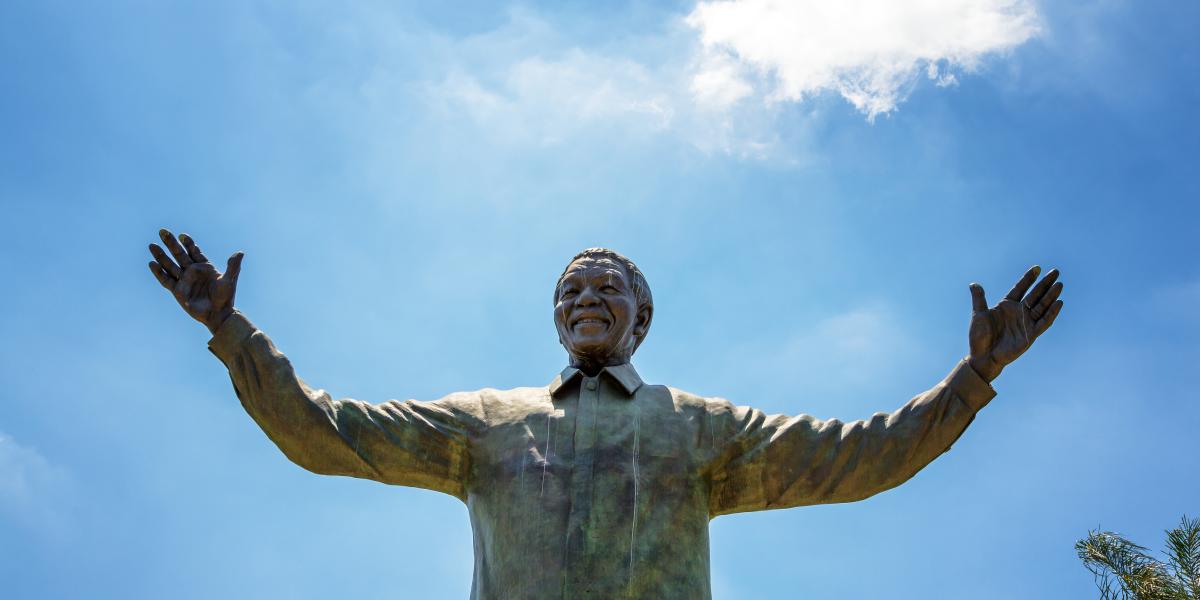From Princeton to Pretoria

Editor's note: This article was originally published in the Spring 1992 issue of International Educator. In celebration of NAFSA's 75th anniversary, IE is taking a look back at the topics and moments that have defined the field since the magazine began publication 33 years ago.
Stalled in Soweto
Who were these energetic youngsters, struggling to push a sputtering minivan back to life?
Their garb—windbreakers, pullovers, jeans and sneakers—gave no clue. Their exhortations, directed as much to the reluctant Toyota as to each other, contained mixed signals: Cleveland and Accra, Manhattan and St. Petersburg, Chicago and Harare, Paramus and Poznan. Their color was black and brown and white—distinctions still relevant in a land where fierce attachment to a traditional past confronted a fervent commitment to a revolutionary future.
Date: June 16, 1991.
Location: Parking lot of the First National Bank soccer stadium on the edge of Soweto township, population 2 million, a thirty minute drive from downtown Johannesburg, Republic of South Africa.
Occasion: The fifteenth anniversary of the Soweto Student Revolt.
A mass rally of forty thousand stomping and singing supporters of the African National Congress (ANC) had just ended. Organized by the ANC with the collaboration of the South African Communist Party and the Congress of South African Trade Unions (COSATU), the event commemorated the protest march of black South African students that left scores of young people dead in Soweto streets June 16, 1976.
ANC president Nelson Mandela and other leaders of the liberation struggle











